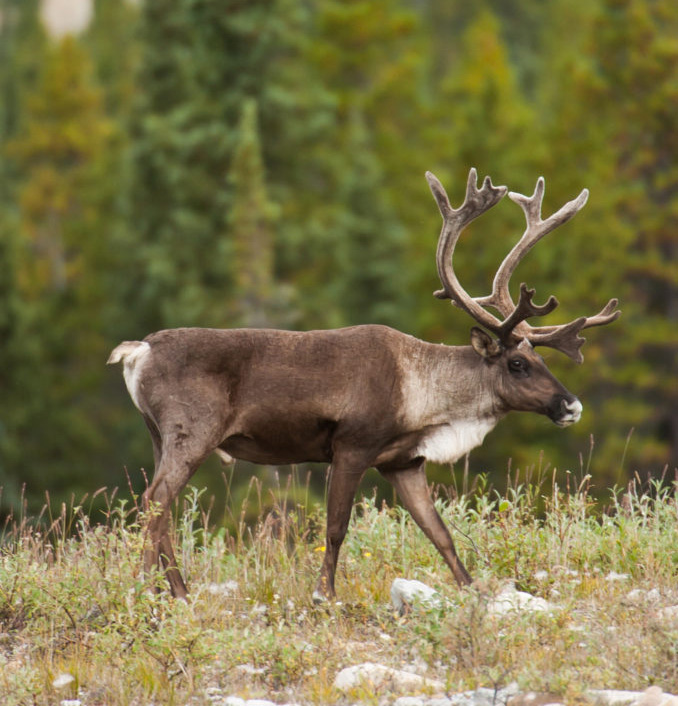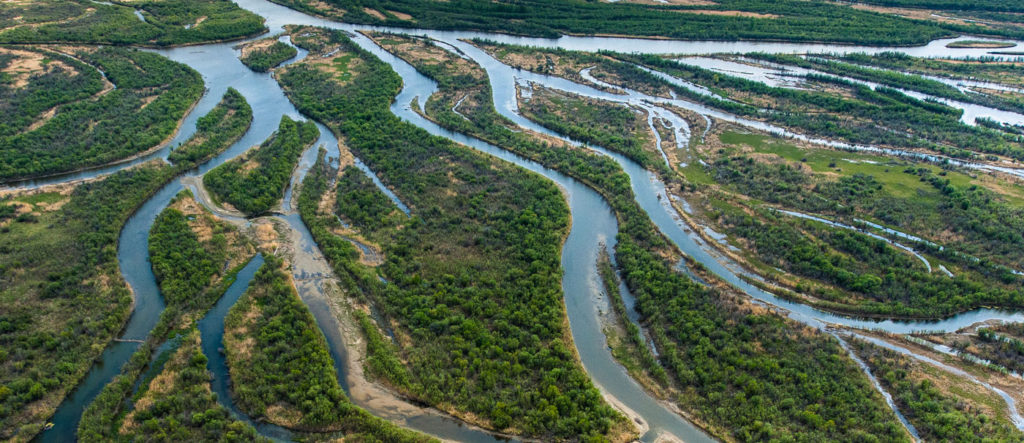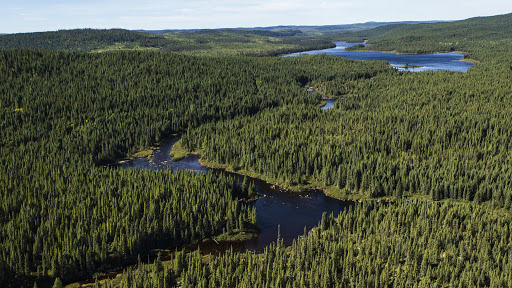Canadian Boreal Forest Agreement: 11 Years later

By Nicole Doll
The Canadian Boreal Forest Agreement (CBFA) was a historic agreement made in 2010 with the Forest Product Association of Canada (FPAC) and its member companies, as well as various environmental groups. It is a collaborative, multi-year agreement committed to achieving goals related to both environmental and economic sustainability in the boreal forest. Involving 21 major Canadian forest products companies and nine leading environmental organizations (including CPAWS), the agreement covers more than 72 million hectares of public forests in Canada’s boreal.
The creation of the CBFA was an unprecedented initiative, aiming to protect ecologically critical areas in the boreal and the endangered species that live there, all while ensuring a sustainable, prosperous forest industry. To date, it is the world’s largest conservation agreement which incorporates both environmental and economic values.

The CBFA’s six goals:
1. Implement world-leading sustainable forest management practices.
2. Accelerate the completion of the protected spaces network for the boreal forest.
3. Fast-track plans to protect boreal forest species at risk, particularly woodland caribou.
4. Take action on climate change as it relates to forest conservation.
5. Increase the prosperity of the Canadian forest sector and communities that rely on it.
6. Promote and publicize the environmental performance of the participating companies.
Since the pillars of environment and industry typically work in opposition to each other, the cooperation between the two spheres has gained the CBFA international recognition. Working together and overcoming barriers to create sustainable solutions has set new standards for conservation and resource management.
Cooperative management
As climate change continues to threaten our day-to-day lives and jeopardize the natural areas that we depend on, it is now more than ever that we need to work towards shared solutions and ideas among different sectors of interest. Sustainably managing the boreal forest is not just important on a local and regional scale, but on a global scale as well, acting as an important carbon sink and contributing to Canada’s efforts in mitigating climate change.
In the past, environmental groups and forest companies were often in opposition to one another. Decisions and practices made by industry resulted in the boycott of Canadian forest products by environmental groups.
As forest products were boycotted, challenges and opportunities arose for both industry and environmental groups. Ultimately, it led to a deal that would ensure the suspension of forestry operations on 29 million hectares of boreal forest and in return a commitment to stop boycotting. During this time, discussions and collaborations took place surrounding action plans for woodland caribou and ecosystem-based management strategies that could be put in place to ensure sustainable forest management.
The unique collaboration left many to realize that industry and conservation don’t always have to work against each other. In fact, working together and hearing different perspectives opened the door to new possibilities which wouldn’t have been achieved otherwise.
To ensure that discussions were not hampered with battles of scientific claims from either industry or environment, an independent scientific committee was created to provide the best available science and inform unbiased management decisions.
With time and effort, signatories have elevated beyond cooperation to a truly collaborative relationship, realizing the similarity of their challenges and solutions.



Work in progress
CBFA signatories actively work together with key stakeholders such as governments and Indigenous groups to address and implement change on key issues outlined in the agreement.
The different voices and the exchange of unique ideas have led to the development of world-leading practices for adaptation and mitigation in forest management, biomass harvesting, and forest carbon accounting.
Highlights
Woodland caribou have been a major topic of discussion and implemented strategies have been met with some success. A Caribou Action Planning Framework has been developed which includes identification of critical habitat across the boreal.
A highlight from the action plan includes a conserved area of 800,000 hectares of eastern boreal forest which has been defined as critical caribou habitat. While no forestry operations can occur in this region, it opens the door to increased sustainable harvesting in other regions that exclude caribou and their habitat. It is a win-win for all signatories – caribou protection followed by increased harvest.
In addition, world-leading, on-the-ground sustainable forest management practices that reflect ecosystem-based management have been developed and implemented which not only contribute to the health of the boreal, but also to climate change mitigation and action.
Ecological achievements aside, much work and progress have been made with the communities who live and work in the region and who rely economically on forestry.



Challenges
Of course, there have been many challenges throughout the process. The process has been tiring and long as signatories hash out forestry practices and protection for forest tenures. With so much discussion and not enough actions, some signatories have been frustrated enough to pull out of the agreement.
The discussion is aided by multiple computer-run models with various inputs and designs then re-run with the best available data, only to examine it all over again from a different angle.
It has been proven a difficult task to compile diverse and conflicting concerns for caribou, protected areas, economic certainty, and ecological benchmarks. It often results in tension which creates both creativity and exhaustion.
However, this is to be expected when looking at the bigger picture and treating the boreal forest as it is: a massive interconnected system.
Moving forward
While much consultation has taken place with governments and Indigenous groups, the CBFA has faced criticism for not including these groups as signatories of the agreement. Moving forward, the CBFA is moving towards a new model that will build on the work CBFA has achieved while taking a more inclusive approach. They will involve more communities, Indigenous groups, and environmental organizations. The CBFA also has goals to improve forest science and forest management plans, in hopes to make it more efficient and effective.
Resources:
Boreal Forest Update | A\J – Canada’s Environmental Voice
Canadian Boreal Forest Agreement – Canadian Geographic
Canadian Boreal Forest Agreement gets Global Attention – FPAC
Governance as a driver of change in the Canadian boreal zone
